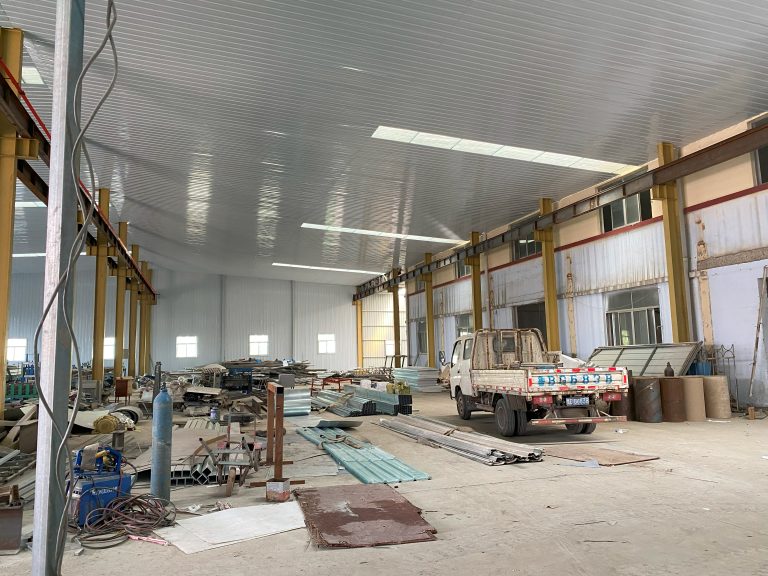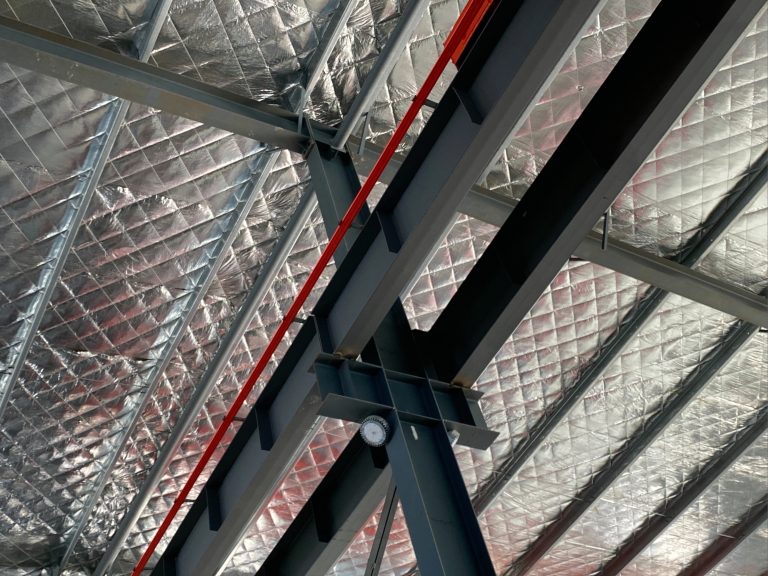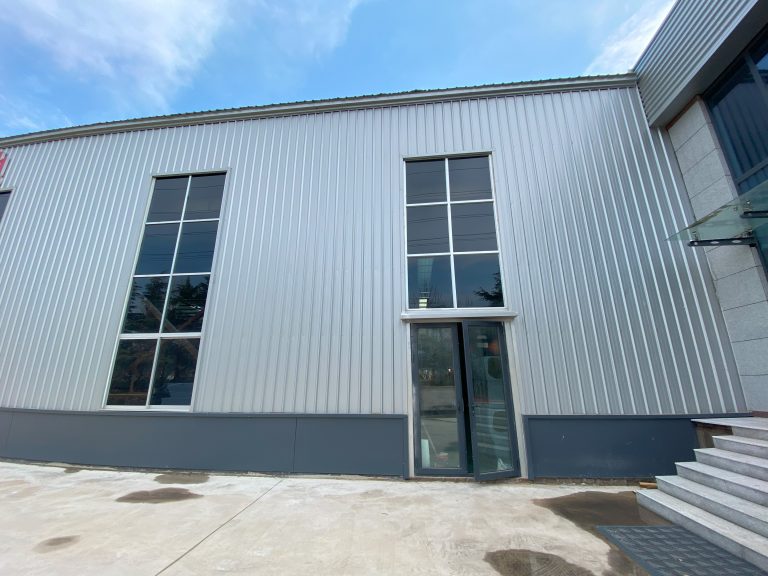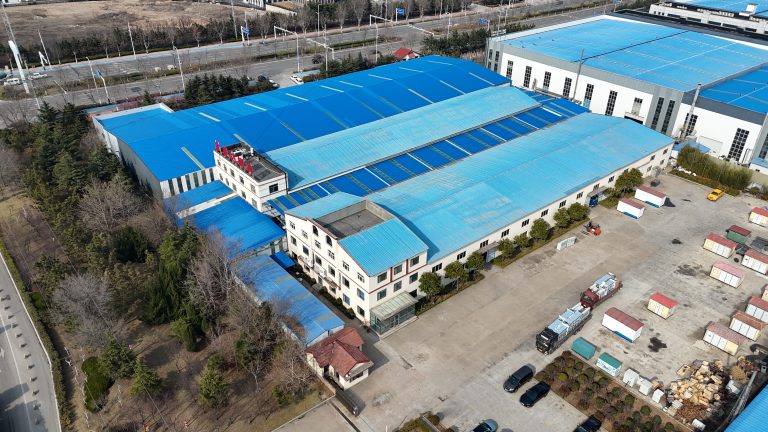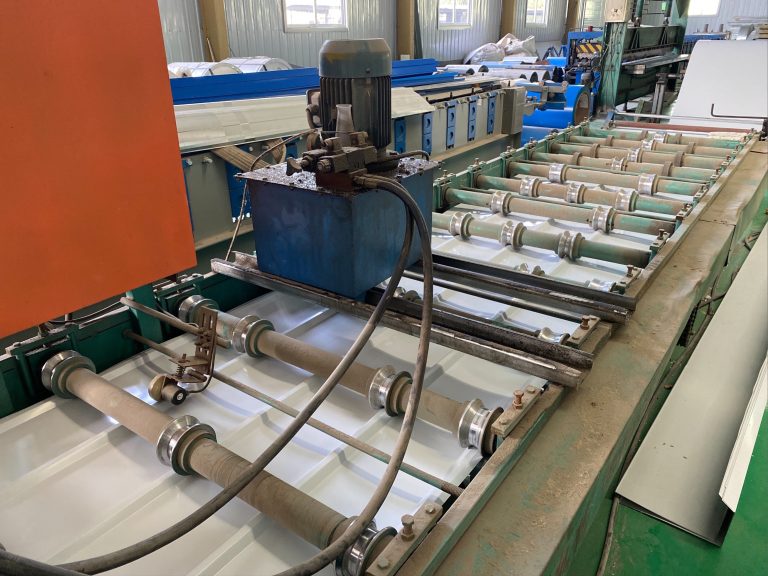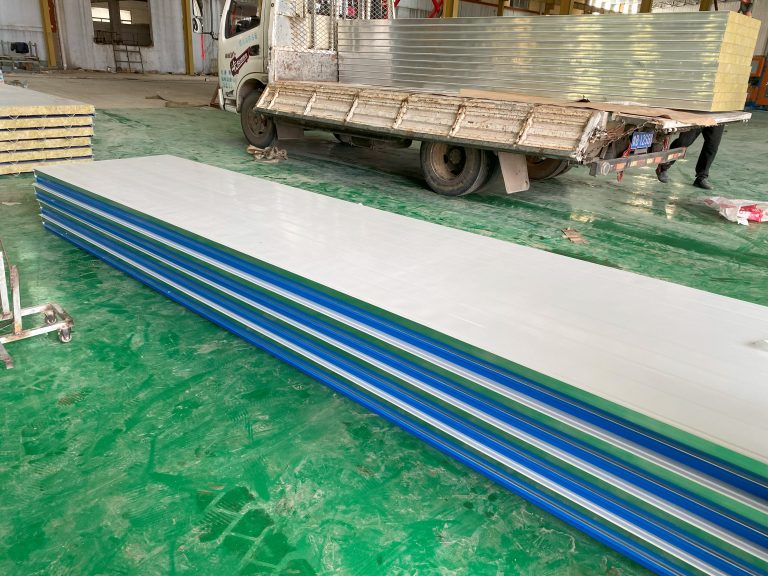Thermal performance analysis and optimization of steel structure livestock greenhouses
Inhoudsopgave
Energy-Efficient Heating Systems for Steel Structure Livestock Greenhouses
Thermal performance analysis and optimization of steel structure livestock greenhouses are crucial aspects of ensuring energy efficiency and productivity in agricultural operations. Livestock greenhouses are essential for providing a controlled environment for animals, ensuring their well-being and maximizing production. However, maintaining optimal temperatures in these structures can be challenging, especially in regions with extreme weather conditions.
One of the key factors affecting the thermal performance of steel structure livestock greenhouses is the design and construction of the building. Proper insulation, ventilation, and heating systems are essential for regulating temperatures and ensuring a comfortable environment for the animals. Inadequate insulation can lead to heat loss during the winter months, while poor ventilation can result in overheating during the summer.
To optimize the thermal performance of steel structure livestock greenhouses, it is essential to conduct a thorough analysis of the building’s energy consumption and heat transfer mechanisms. This analysis can help identify areas of improvement and guide the implementation of energy-efficient heating systems. By understanding how heat is transferred within the structure, farmers can make informed decisions about insulation materials, ventilation systems, and heating equipment.
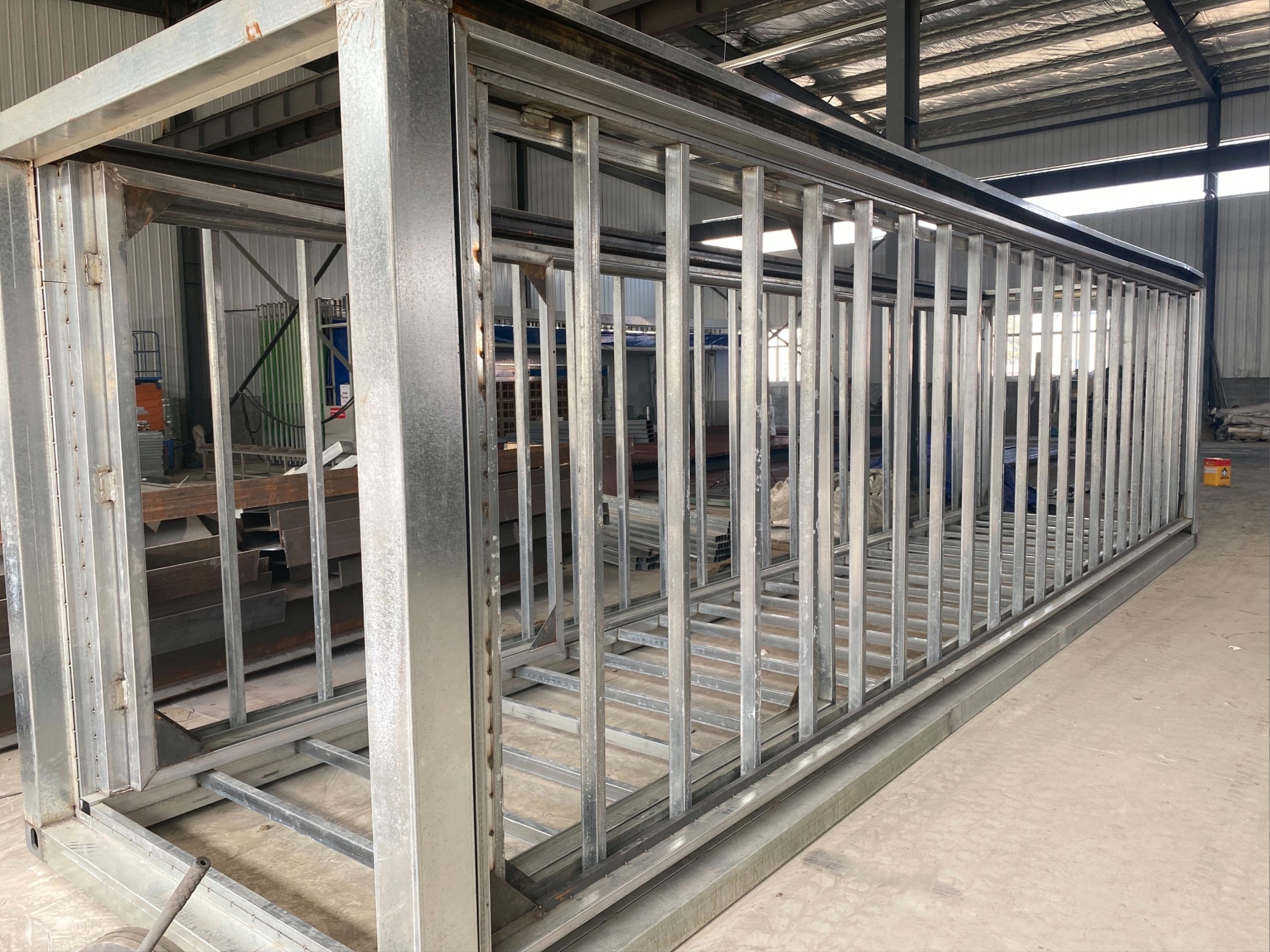
One common method for analyzing the thermal performance of steel structure livestock greenhouses is through computer simulations. These simulations use mathematical models to predict how heat flows through the building and how different design elements affect temperature regulation. By inputting data such as building dimensions, insulation properties, and outside weather conditions, farmers can simulate various scenarios and identify the most effective strategies for optimizing thermal performance.
In addition to computer simulations, on-site measurements and monitoring are essential for evaluating the actual energy consumption of steel structure livestock greenhouses. By collecting data on temperature, humidity, and energy usage, farmers can assess the effectiveness of their heating systems and identify areas for improvement. Regular maintenance and calibration of heating equipment are also crucial for ensuring optimal performance and preventing energy waste.
One of the key challenges in optimizing the thermal performance of steel structure livestock greenhouses is balancing energy efficiency with animal welfare. While reducing energy consumption is important for minimizing operating costs and environmental impact, it is equally important to ensure that animals are kept in a comfortable and healthy environment. By implementing energy-efficient heating systems that prioritize both energy savings and animal well-being, farmers can achieve a sustainable and productive operation.
In conclusion, thermal performance analysis and optimization of steel structure livestock greenhouses are essential for maximizing productivity and energy efficiency in agricultural operations. By conducting thorough analyses, using computer simulations, and monitoring on-site measurements, farmers can identify areas for improvement and implement energy-efficient heating systems. Balancing energy efficiency with animal welfare is crucial for achieving a sustainable and productive operation. By prioritizing both aspects, farmers can create a comfortable and healthy environment for their animals while minimizing energy consumption and operating costs.
Insulation Materials and Techniques for Improving Thermal Performance in Livestock Greenhouses
Livestock greenhouses are essential structures for providing a controlled environment for animals, ensuring their well-being and productivity. One critical aspect of these structures is their thermal performance, as maintaining optimal temperatures is crucial for the health and growth of the animals housed within. Steel structure livestock greenhouses are a popular choice due to their durability and cost-effectiveness. However, these structures can also present challenges in terms of thermal insulation.
Thermal performance analysis is a key step in understanding how heat is transferred within a steel structure livestock greenhouse. By analyzing factors such as heat conduction, convection, and radiation, researchers can identify areas where heat loss occurs and develop strategies to improve insulation. One common method used in thermal performance analysis is the calculation of the U-value, which measures the rate of heat transfer through a material or assembly.
Insulation materials play a crucial role in improving the thermal performance of steel structure livestock greenhouses. There are various types of insulation materials available, each with its own set of properties and benefits. Common options include fiberglass, foam board, and reflective insulation. The choice of insulation material will depend on factors such as cost, durability, and effectiveness in reducing heat transfer.
In addition to selecting the right insulation material, proper installation techniques are essential for maximizing thermal performance. Insulation should be installed tightly and securely to prevent air leakage, which can significantly impact the effectiveness of the insulation. Sealing gaps and cracks in the structure can also help reduce heat loss and improve overall energy efficiency.
Optimizing the thermal performance of a steel structure livestock greenhouse requires a comprehensive approach that considers both insulation materials and installation techniques. By conducting a thorough analysis of heat transfer mechanisms and implementing effective insulation strategies, researchers can significantly reduce energy consumption and create a more comfortable environment for the animals.
One innovative approach to improving thermal performance in steel structure livestock greenhouses is the use of advanced insulation materials such as aerogel. Aerogels are highly porous materials with low thermal conductivity, making them ideal for reducing heat transfer. By incorporating aerogel insulation into the design of a greenhouse, researchers can achieve superior thermal performance and energy efficiency.
Another important consideration in optimizing thermal performance is the design of the greenhouse structure itself. Factors such as the orientation of the building, the placement of windows, and the use of shading devices can all impact heat transfer and energy consumption. By carefully designing the layout of the greenhouse, researchers can maximize natural light and ventilation while minimizing heat loss.
In conclusion, thermal performance analysis and optimization are essential steps in improving the energy efficiency and comfort of steel structure livestock greenhouses. By selecting the right insulation materials, implementing proper installation techniques, and considering innovative solutions such as aerogel insulation, researchers can create a more sustainable and productive environment for animals. With careful planning and attention to detail, steel structure livestock greenhouses can achieve optimal thermal performance and contribute to the overall success of agricultural operations.

